We get it…
…fire extinguishers aren’t exciting. However, as a responsible person at a premises, under the Fire Safety Order you have a duty to plan for an emergency, as well as providing employees with information, fire safety instruction, and training.
So how do you decide what fire extinguisher(s) you will need to maximise your safety, and comply with the law? In this article, we break it all down for you.
There are 5 main types of fire extinguishers available, each serving a different purpose:
Water
These can be identified by their red labels. They work by simply spraying a water with additive from the nozzle, extinguishing the fire by cooling the burning materials. These are the most common fire extinguishers and the least hazardous, as they contain no harmful chemicals. Due to their contents, they should be used for solely Class A fires.
Foam
These extinguishers, displaying a cream label, work by smothering the fire with a layer of foam, starving it of oxygen. The foam extinguisher covers a Class A and B type of fire. They are highly effective on a contained flammable liquid fire.
Powder
Powder extinguishers feature a blue label, and form a crust which like the foam smothers the fire and starves it of oxygen. However, due to the potential risks to health if inhaled, powder extinguishers must not be used in confined spaces or well-populated areas such as offices or residential premises. Powders come as 2 different classifications – ABC and D, the ABC can be used on Class A, B and C fires however the Class D is specialist.
CO2
A black label signifies a CO2 extinguisher, which contains only pressurised carbon dioxide. They leave little residue and do not damage electrical items or computer equipment, meaning they are a practical solution for offices or hospitals. CO2 extinguishers have a Class B fire rating and are most effective on electricals.
Wet Chemical
These extinguishers display a yellow label, and are often found in kitchens where the risk of burning fats or oil is high. The chemical referred to in the name is a salt solution which, when sprayed, forms a fine mist and cools the fire while preventing any splashes. These extinguishers also come with a longer hose with a ‘lance’ attachment.
Unfortunately, there is no one-size-fits-all extinguisher that can be used on every type of fire. There are six different categories of fire, commonly referred to as classes, based on substances or materials involved. The various classes require different approaches for safe extinguishing:
Class A fires involve combustible materials such as paper, textiles, wood, and some plastics.
 |
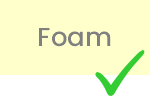 |
 |
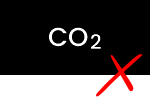 |
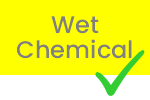 |
|---|
Class B fires involve flammable liquids such as petrol, diesel or motor oil (but not cooking oil).
 |
 |
 |
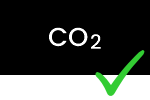 |
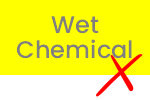 |
|---|
Class C fires involve flammable gases such as methane or butane.
 |
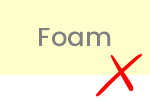 |
 |
 |
 |
|---|
Class D fires involve burning metals such as lithium, titanium or magnesium. These must only be tackled with a specialist dry powder (or Class D) fire extinguisher.
 |
 |
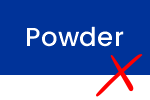 |
 |
 |
|---|
Electrical fires involve electrical equipment such as computer systems or electric heaters.
 |
 |
 |
 |
 |
|---|
Class F fires involve cooking oils and fats.
 |
 |
 |
 |
 |
|---|
For more information, or to book a free-of-charge, no obligation fire safety survey at your property, contact CIA Fire & Security today:
📞 01285 651 025
📧 info@ciafireandsecurity.co.uk
💻 www.ciafireandsecurity.co.uk
